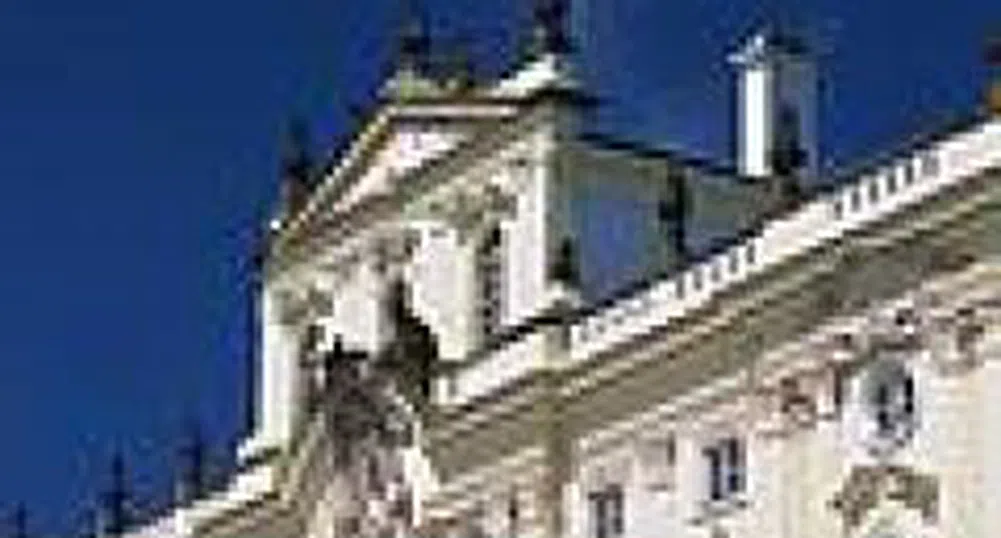Czech Economy Grew 6.1% in First Quarter on Consumers

The Czech economy expanded 6.1 percent in the first three months of the year, the same pace as the previous quarter, as consumers stepped up spending and warmer- than-usual weather boosted construction, Bloomberg reported.
Growth in the $152 billion economy accelerated for the first time in a year, the Prague-based statistics office said today, though the pace of expansion was slower than the median estimate of 6.3 made by 13 economists in a Bloomberg survey.
The fastest wage growth in three years underpinned increased household spending and builders benefited from a warmer-than- average winter. The pickup may generate inflation and prompt the central bank to raise its benchmark interest rate, the European Union's lowest, for a second time this year.
Czech gross domestic product rose at twice the rate of the 13 economies that share Europe's common currency. The euro region's GDP added 3 percent in the first quarter.
Household spending increased 6.7 percent, the highest growth rate in more than three years.
Retail sales added 9.4 percent in the first quarter, the most since records began a decade ago, and real wages grew 6.2 percent. Low borrowing costs spurred a one-third increase in demand for household loans from a year earlier.
The unemployment rate fell to the lowest since at least 2004 and there was a record number of vacancies. Czechs' purchasing power was helped by a 17 percent increase in welfare benefits than in 2006.
Gross fixed investments increased an annual 1.5 percent, slowing from the fourth quarter of 2006, the office said. Inventories increased by 35.5 billion koruna ($1.7 billion) from a year earlier.
Weather in the first quarter, which was 3.4 degrees Celsius above the 40-year average and 6.2 degrees higher than a year ago, fostered a record 28.9 percent annual jump in construction output.
The recovery of domestic demand, which has become the engine of growth, was the main reason for the first increase in the benchmark rate to 2.75 percent in eight months, the central bank indicated last week after the decision.
Policy makers signal more rises in borrowing costs through 2008 to keep inflation within the 3 percent midrange target. The futures market suggests two more quarter-point rate increases this year.
Exports, adjusted for the impact of imports, remained a drag on GDP growth as large investment projects such as a plant by Toyota Motor Co. and PSA Peugeot Citroen reached full capacity.
Imports of goods and services, calculated in constant prices, jumped 16.5 percent from a year earlier, outpacing exports with 14.6 percent growth, the office said.
While the trade surplus rose by 11.1 billion koruna from a year ago in the January-March period, rising export and falling import prices erased the increase in real terms.
)
&format=webp)
&format=webp)
&format=webp)
&format=webp)
&format=webp)
&format=webp)
&format=webp)
&format=webp)